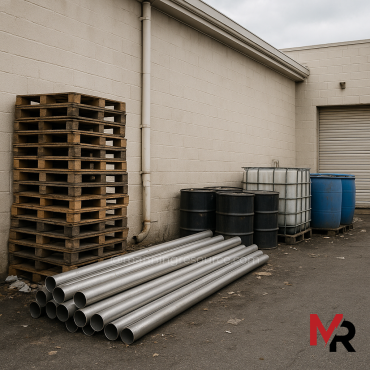Let’s be honest, everyone loves audit day when the seals on your dock doors look pristine.
But what about the rest of the year? Dock and door seals are one of the simplest, most effective ways to prevent pest infiltration. Yet, these essential barriers are often overlooked until it’s too late.
Every food safety audit checklist includes dock and door seals, but far too many facilities let them deteriorate. Or worse, they leave doors cracked open during operations. This creates an open invitation for rodents and insects. And when pests start multiplying, it’s not just a minor annoyance, it can become a devastating operational and financial disaster, as well as the next headline in the news.
Here’s the reality, a mouse can squeeze through a hole as small as ¼ inch (6.5mm). Insects? Even smaller. That tiny gap at the corner of your seal is all they need.
So what’s the fix?
– Budget for a proactive dock and door seal maintenance program, even if it means bringing in a 3rd party.
– Inspect seals frequently, looking for signs of wear, gaps, or improper closure.
– Establish a layered approach: keep doors closed, maintain seals, implement internal pest control, and conduct internal audits for evidence of activity.
– Partner with a reputable, knowledgeable 3rd party pest control service.
– Empower employees with a sighting program and an escalation process for any issues.
– Communicate findings and corrective actions to your entire team. Awareness drives vigilance.
Don’t stop at your facility doors, this must extend to 3rd party warehouses handling your raw materials and finished goods.
You’re only as strong as your weakest link.
When you establish and manage a proactive program, you dramatically reduce risks, save on costly pest-related shutdowns, and build a safer, stronger brand in the marketplace.
Walk your floor today. Check your seals. Don’t wait for the next infestation headline to feature your plant.
This is an AI generated image.




Add Comment